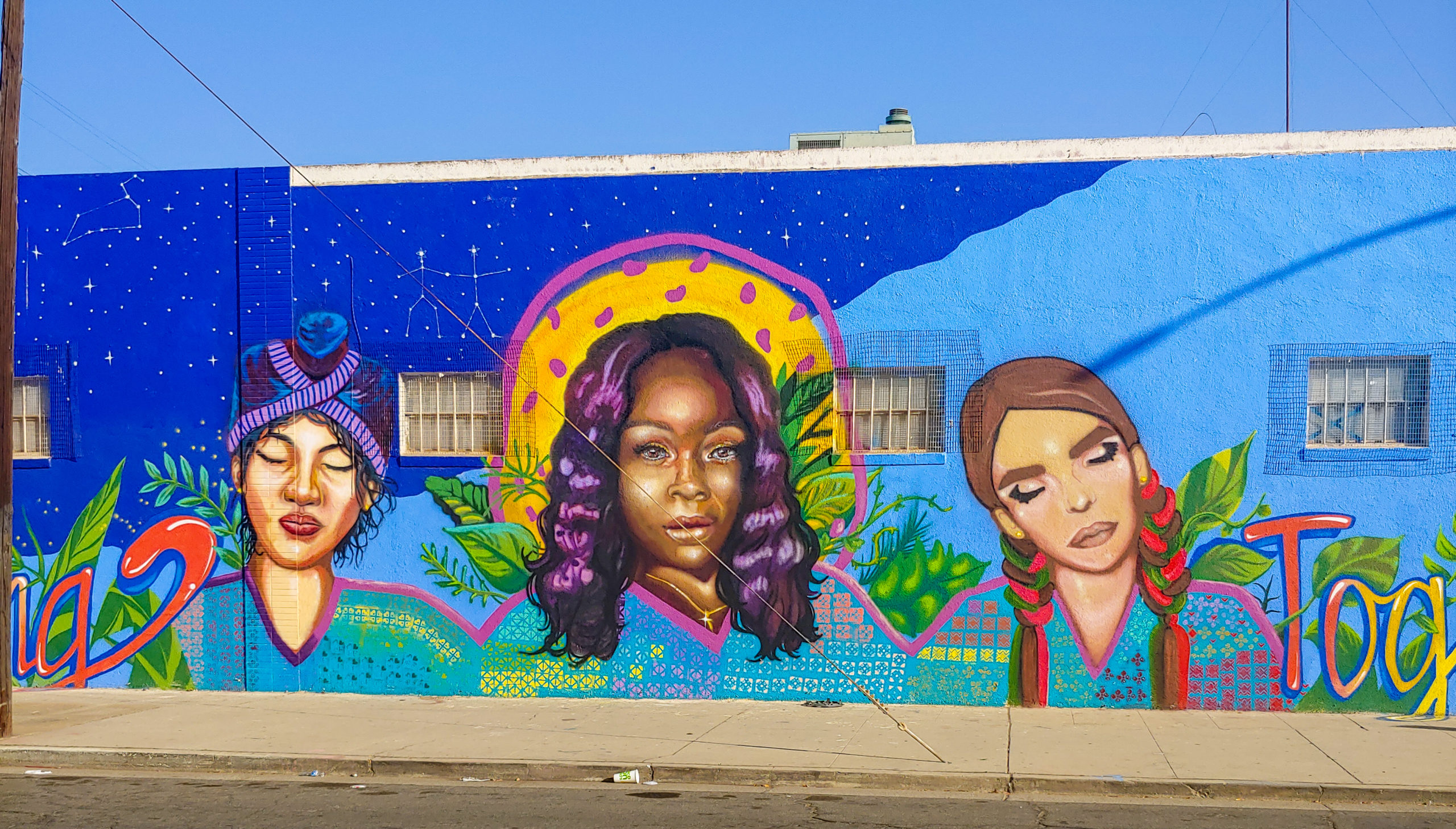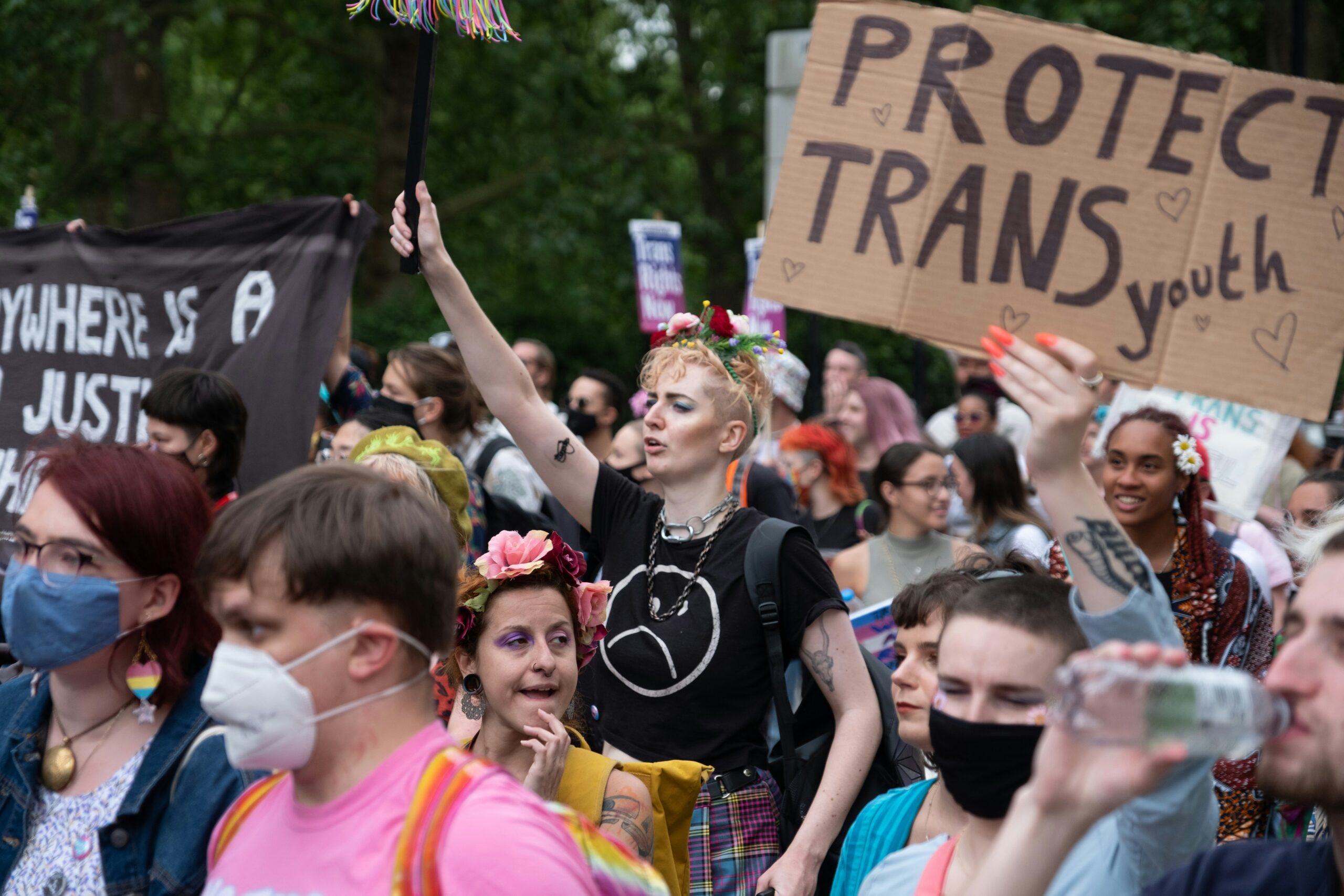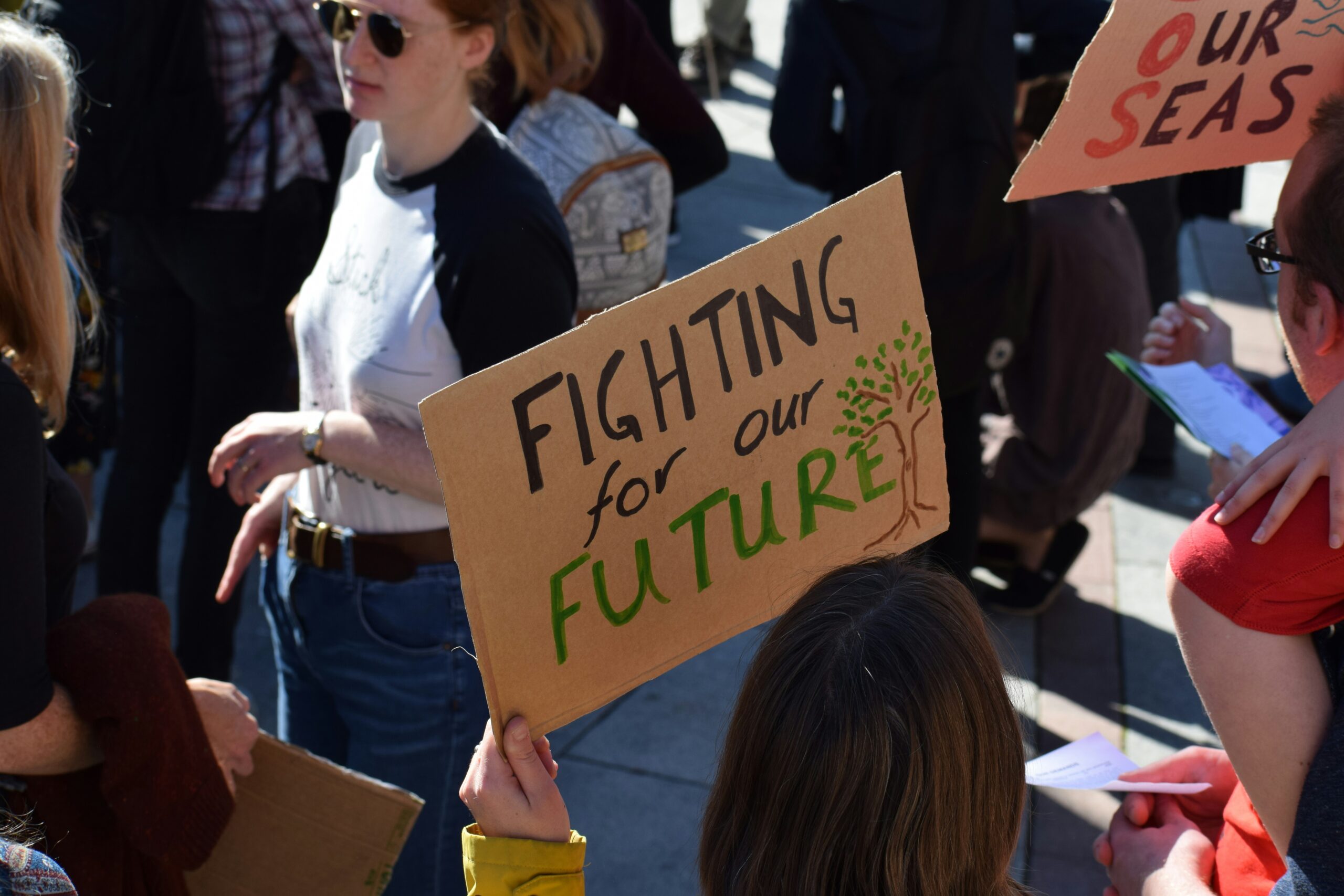![]()

On May 25, 2020, a convenience store employee called the Minneapolis Police Department to report a man for buying a pack of cigarettes with a counterfeit twenty dollar bill. Within seventeen minutes of the first police car arriving on the scene, a man named George Floyd was pinned beneath officer Derek Chauvin’s knee without any sign of life.
For many years, the US has been a melting pot of civil unrest and political tension, and the death of George Floyd was enough to set things off. The nation broke out in protests, peaceful demonstrations, and riots for George Floyd and other victims of police brutality like Elijah McClain, Breonna Taylor, and Jacob Blake.
Numerous factors have contributed to the way these events unfolded so violently, including police push back, the conflicts with anti-Black Lives Matter groups, and the overall lack of urgency in official response.
On Sunday, May 31, 2020 a group in Detroit who were protesting for George Floyd were caught in a standoff with officers from the Detroit Police Department. When DPD commander Todd Bettison arrived on the scene, he was met with “a lotta angry people,” he mentioned during a press conference. Bettison recalled the protesters asking him to kneel with them, and in an attempt to quell the disturbance, he complied.
This, however, was ultimately ineffective as tear gas, rubber bullets, and flash bang grenades were deployed only moments later, and dozens of protesters were arrested when someone allegedly threw something at an officer. It is important to note what happened in Detroit because it was not a unique incident. Similar incidents have happened in cities all over the US – Minneapolis, Los Angeles, New York, and Portland, Oregon have all been sites of conflicts similar to the one in Detroit.
Conflicts such as these have left more people in hospitals than what can be covered in one article. However, it is important to highlight a couple examples of this, like what happened to 22-year-old Megan Matthews. Matthews went to a Denver protest with milk and bandages to help potentially injured protestors. Within hours, she was loaded into an ambulance after being struck in the head by a sponge-tipped bullet. Matthews’ injuries included a broken nose, fractured facial bones, multiple facial lacerations, and vision problems that may never fully heal.
Another incident happened to Leslie Furcron, a 59-year-old La Mesa, California protester who was put into a medically-induced coma for three+ days after being hit by a beanbag round. Furcron suffered facial fractures and temporarily lost vision in her left eye.
As people across the country ask for peace, there seems to be just as many ready for violence, whether that be with other civilians, or with the people hired to protect us. This violent response has only added to what the Black Lives Matter (BLM) movement and others like it have been fighting for. When Detroit Police Commander Todd Bettison spoke about what happened in Detroit, he expressed his regret, “My heart was heavy because I didn’t accomplish what I wanted to.”
In some of these events, it is not just the police that seem to oppose protestors, but counter protestors as well. To form an understanding of these counter protestors, it is necessary to first examine a relatively tame conflict, such as the protest on September 5, 2020 in Lodi, California. On this day, BLM protesters were near Legion Park calling to defund the police when a group of counter protesters showed up. The two groups had nothing but a line of police to separate them.
ABC News coverage of the event showed a back and forth of chanting, with BLM protesters yelling “Black Lives Matter” and the counter protesters yelling “All Lives Matter” in response. The video coverage also gives a clear idea of what each side really stood for. The Black Lives Matter protesters wore shirts and masks with BLM on them, carrying signs with the black power fist and chanting statements like “end police brutality now.” The counter protesters, however, wore shirts and hats with USA and the American flag holding Trump 2020 and police support flags.
What happened in Lodi offers a look at the values and beliefs of the two different sides without creating chaos. It was a rather tame event with a peaceful outcome. However, that does not provide an example of the less than peaceful events or “riots.” It certainly does not provide enough information on how extreme people are willing to take things.
Both sides have very strong opinions and when they clash, results seem to be catastrophic. That brings us to Kenosha, Wisconsin. On August 25, 2020 a 17-year-old boy in Antioch, Illinois named Kyle Rittenhouse, was heading to Kenosha where civil unrest had broken out just days after the shooting of Jacob Blake. By the end of the night, two people would be dead.
Video footage of the event gathered by ABC News shows seven gunshots ringing out. Moments later, a man named Joseph Rosenbaum is shot and Rittenhouse is seen running away. Rittenhouse was caught on tape running down a street, getting chased by protesters. After falling down, he fired four shots injuring 26-year-old Gaige Grosskreutz and killing fellow 26-year-old Anthony Huber, who were bystanders during the incident. What happened in Kenosha, Wisconsin serves as a grim reminder that for many people, this is life or death. Yes, most protests are peaceful, but with tensions so high, things are bound to get out of hand sometimes.
Since the start of these events, the BLM movement has been under criticism from many for the actions committed by some of the people involved. These actions include arson, vandalism, looting, and setting fire to police vehicles. However, according to the US Crisis Monitor, more than 93 percent of all demonstrations since Floyd’s death have been non-violent and many of the illegal actions have been linked to counter-protestors impersonating BLM protestors.
No matter what scrutiny this movement has faced, it is undeniable that it has gotten the people in charge to listen. Since the protests began, all four officers involved in the killing of George Floyd have been charged and arrested, multiple states have banned police from using the chokehold that killed Floyd, multiple cities have begun redirecting funds from their police departments and into their communities, and some school districts have begun removing police from their schools.
The City of Fresno is just one of the many places that has finally started to listen to its citizens. Murals honoring victims of police brutality have begun popping up across the city, including murals of Breonna Taylor and Isiah Murrieta-Golding outside of the offices of Fresno Barrios Unidos on Tulare Street and a mural of Floyd himself on Fulton Street.
City officials are starting to listen as well. For starters, Mayor Lee Brand has proclaimed June 18th Black Lives Matter Day in Fresno, and the City of Fresno has already established a 37 member commission for police reform. This commission is composed of residents, community advocates, and experts on public safety and community policing. The commission’s efforts started by surveying Fresno residents on changes they wanted to see enacted.
But this is all just a start. This year has been volatile, the incidents in Kenosha, Lodi, and Detroit are just the tip of the iceberg, but the response to those incidents show that change can happen. With as much opposition as it has faced, the BLM movement has proven that it can get results and many cities, including Fresno, have begun making changes because of it. Now is the time to continue the push for change and ensure that cities are truly addressing the issues and not just being performative to appease the public.
In the words of Malcom X, “If you stick a knife in my back nine inches and pull it out six inches, there’s no progress. If you pull it all the way out that’s not progress. The progress is healing the wound that the blow made. And they haven’t even begun pulling the knife out, much less healed the wound. They won’t even admit the knife is there.”


